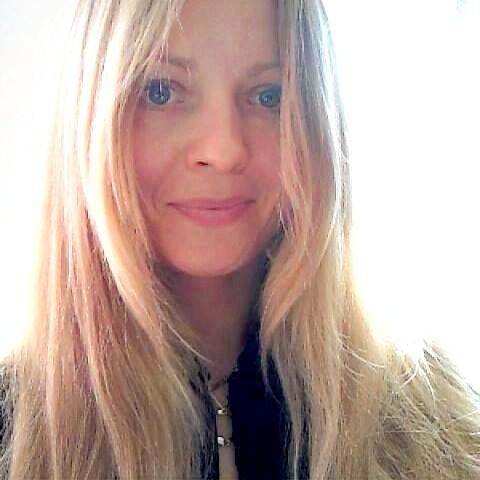-
portraits and expressionism in watercolor and acrylics on cotton, and she worked with...
-
Fine art composition and media - color theory, workflow, acrylics, watercolor,...
-
clarity of perception. Materials: Watercolor stick, transparent watercolor, acrylics,...
-
work before in print and online, the color of the actual piece positively charmed me....
-
presentation materials on creating color artwork. Artwork Creation Art is an activity...
-
symbolization, and visual design; color theory, graph data models, and mind-mapping...
-
Sapolsky 2002 - What Females Want
Male guppies with the most attractive color patterns are most desirable by the...
-
Carmichael 2007 - A Changing Portrait of DNA
to diseases, and even having atypical color. Genome is a complicated system, therefore...
-
Childbirth and Brest-Feeding Basics
tone (0-2), reflex response (0-2), color (0-2) - with a maximum final total score of...
-
and the Middle East, he made many watercolors, more than 2,000. He used to say...
Author
 Lena Nechet, artist - Fine art, media productions, language.
Lena Nechet, artist - Fine art, media productions, language. San Diego, California , USA, LenaNechet.com
Art@LenaNechet.com 323-686-1771
I accept payment via PayPal and Zelle under my business email Art@LenaNechet.com
Ask: Send me a quick question from your default email app with this page info.